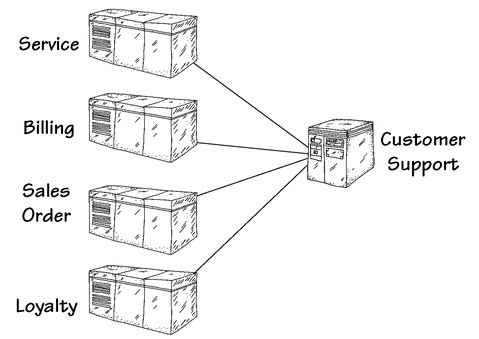DATA INTEGRATION THE OLD-FASHIONED WAY

Get Customer Data Integration: Reaching a Single Version of the Truth now with the O’Reilly learning platform.
O’Reilly members experience books, live events, courses curated by job role, and more from O’Reilly and nearly 200 top publishers.

